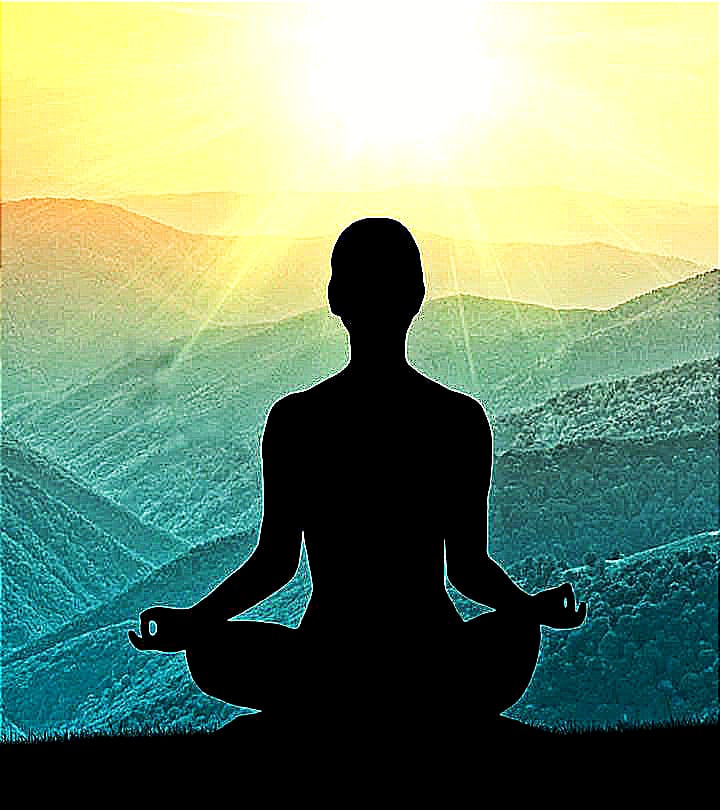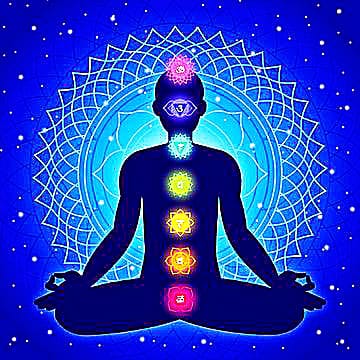Meditation : Easy Technique and Explanation
Meditation is a practice aimed at cultivating mental clarity, emotional stability, and spiritual awareness. It involves various techniques and approaches, each with its own methods and objectives. Here’s a comprehensive overview:
What is Meditation?
Meditation is a mental exercise that involves focusing the mind to achieve a state of deep relaxation, heightened awareness, and inner peace. It often includes practices to quiet the mind, develop concentration, and connect with deeper aspects of oneself.
Purpose and Benefits
- Mental Clarity: Meditation helps to clear the mind of clutter and enhances concentration and cognitive function. It promotes better decision-making and problem-solving abilities.
- Emotional Stability: Regular practice can lead to increased emotional resilience, reduced stress, and a greater sense of calm. It helps in managing anxiety, depression, and emotional reactivity.
- Spiritual Growth: For many, meditation is a path to spiritual enlightenment or self-realization. It encourages a deeper connection with one’s inner self or a higher power.
- Physical Health: Meditation has been linked to various physical health benefits, including reduced blood pressure, improved immune function, and better sleep quality.

Basic Techniques
- Mindfulness Meditation: Focuses on being fully present in the moment. Practitioners observe their thoughts, feelings, and sensations without judgment.
- Transcendental Meditation: Involves repeating a specific mantra to achieve a state of restful awareness. It aims to transcend ordinary thinking and experience a state of pure consciousness.
- Loving-Kindness Meditation (Metta): Focuses on developing feelings of compassion and love towards oneself and others. Practitioners silently repeat phrases that express goodwill and kindness.
- Zen Meditation (Zazen): Practiced in a seated position, it emphasizes observing thoughts and sensations without attachment, often in a serene and structured setting.
- Vipassana Meditation: Aimed at achieving insight into the true nature of reality, this technique involves observing bodily sensations and their impermanent nature.
How to Meditate
- Find a Quiet Space: Choose a peaceful environment where you won’t be disturbed. This can be a dedicated space or a quiet corner.
- Assume a Comfortable Posture: Sit comfortably with your back straight. This can be on a chair, cushion, or the floor, depending on what feels best for you.
- Focus Your Attention: Decide on what you will focus on—whether it’s your breath, a mantra, or simply observing your thoughts.
- Practice Regularly: Consistency is key. Even a few minutes a day can be beneficial. Gradually increase the duration as you become more comfortable.
- Be Patient and Persistent: Meditation is a skill that develops over time. It’s normal for the mind to wander; gently bring your focus back without self-criticism.
Challenges and Tips
- Restlessness: It’s common to feel restless or distracted. Acknowledge these feelings without judgment and gently return to your focus.
- Physical Discomfort: If you experience discomfort, adjust your posture or use supportive cushions. The goal is to be comfortable and alert.
- Setting Realistic Goals: Start with short sessions and gradually increase as you build your practice. Set achievable goals to stay motivated.
Meditation is a versatile practice with roots in various spiritual and philosophical traditions. It offers a way to explore and enhance different aspects of life, leading to greater overall well-being and insight.






Post Comment